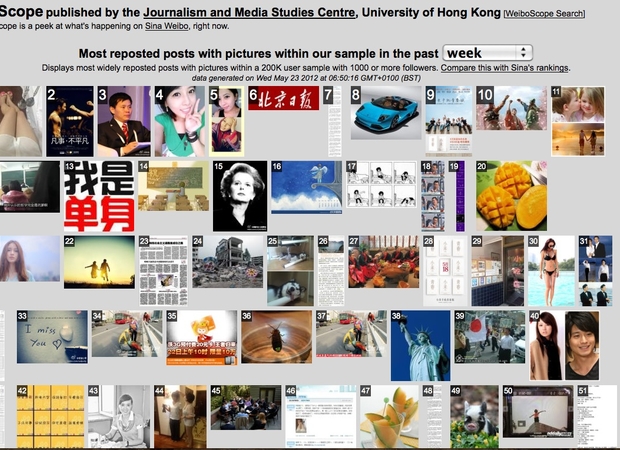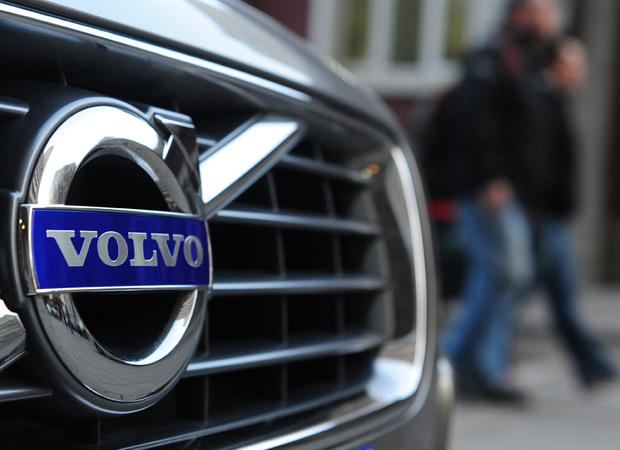In Photos: The Flash Cars of Beijing's Public Servants
on May 24, 2012
The Chinese government is shocked – shocked, they say – to discover one of its own rising stars, Bo Xilai, the former Communist Party boss in the southwestern city of Chongqing, was deeply corrupt. Many ordinary Chinese were less surprised to read the lurid details of how much money Bo and his family allegedly embezzled. After all, while Bo was preaching socialist values in Chongqing, his playboy son, Bo Guagua, was spotted buzzing around Beijing in posh cars. (I won’t dare to wade into the debate over the model and colour of Guagua’s wheels, but there seems to be agreement he didn’t take taxis.) The Chinese Internet is filled with tales of government officials who take a cut of any money that passes through their department, often funneling their ill-gotten gains to accounts overseas. But in a system where nearly everyone relies on under-the-table earnings (President Hu Jintao, who presumably would be at the top of the scale, officially receives just $11,000 per year), and deals are often sealed by red envelopes stuffed with cash, how can anyone prove the corruption everyone suspects is rampant? Just look at their cars, many say. Do the flash cars with government plates on the streets of Beijing look like the wheels of officials living on modest salaries? We’re able to let you make your own judgments, thanks to a longtime foreign resident of China (he’s asked not to be named) who forwarded us a few snaps he took of the all-day auto show that is the streets of Beijing:













